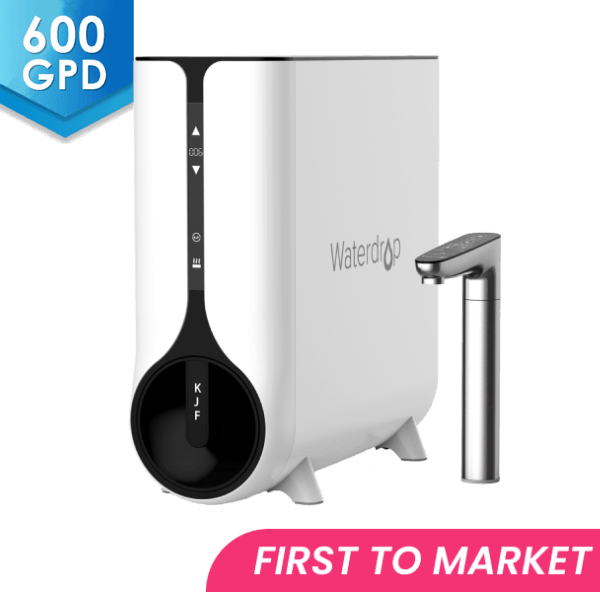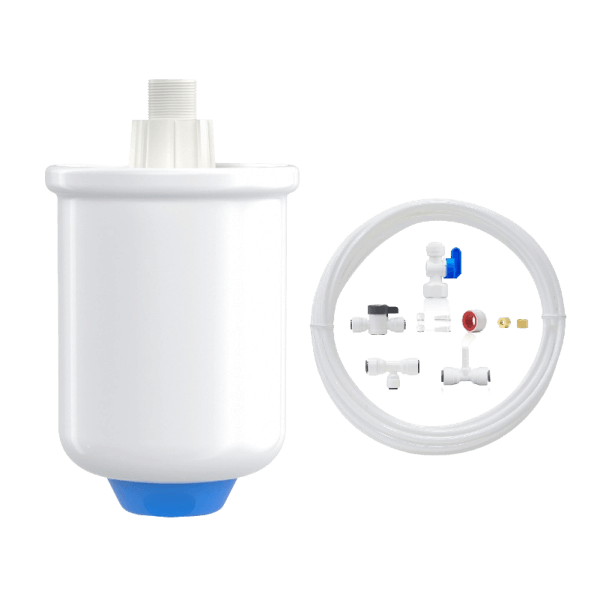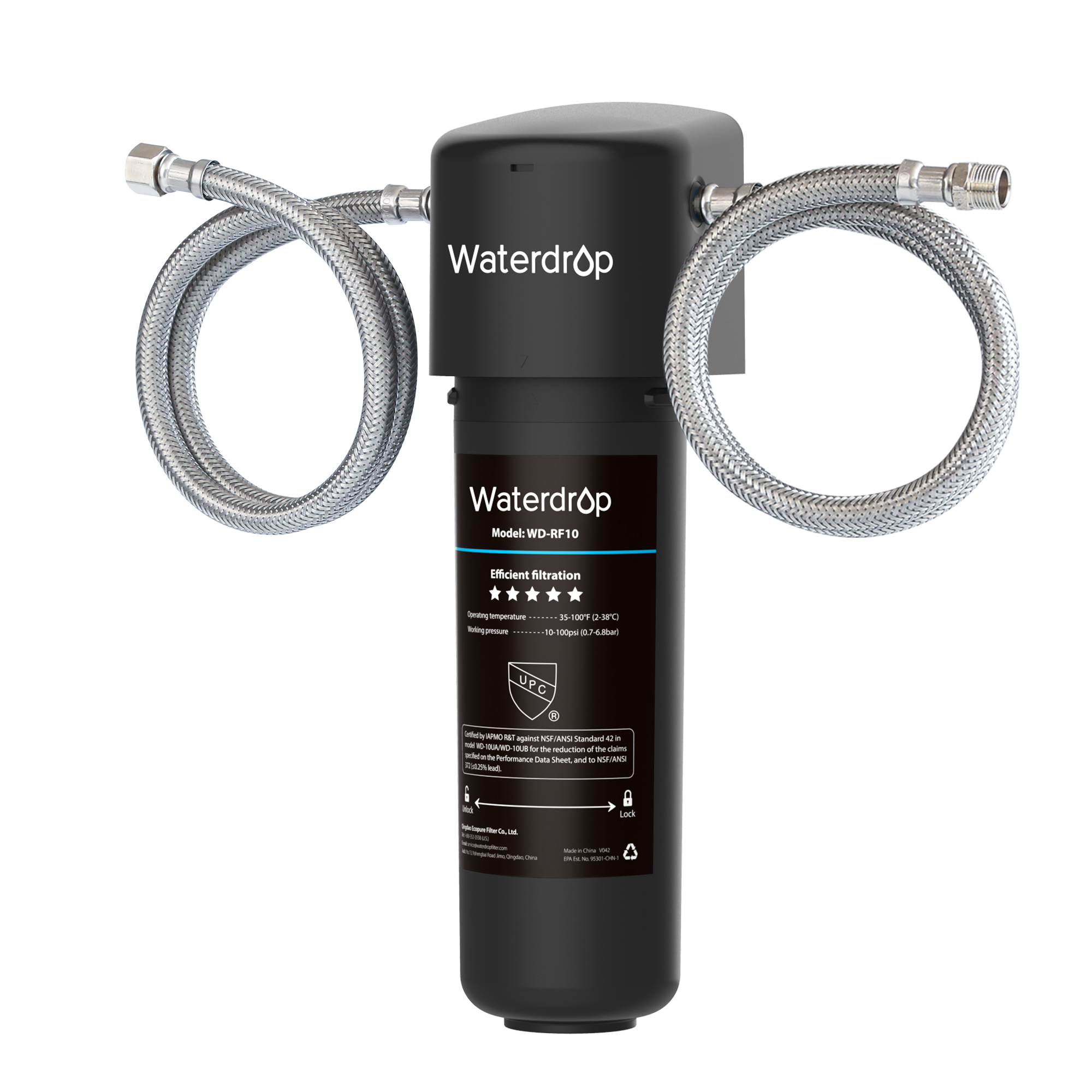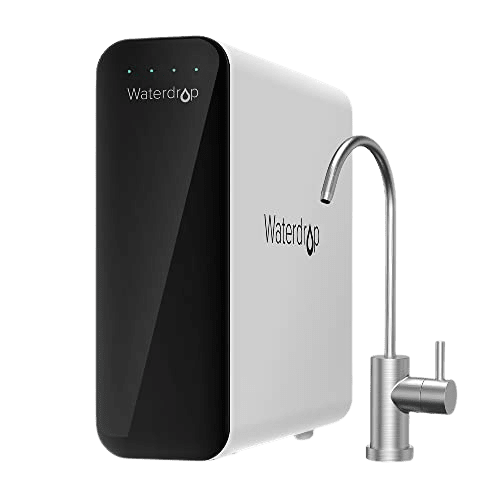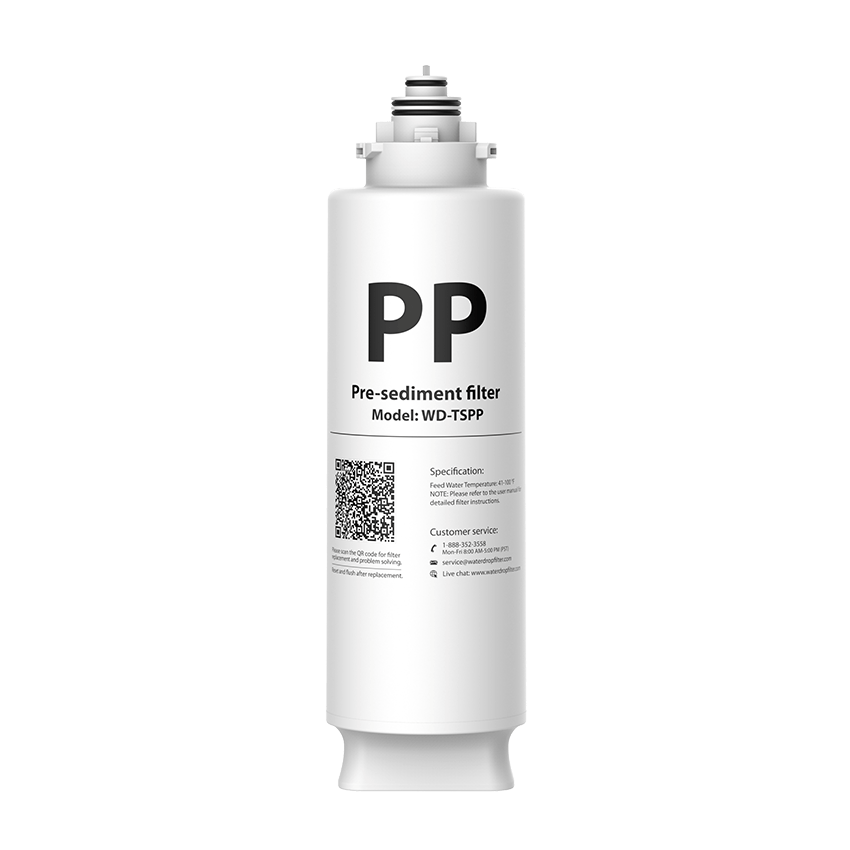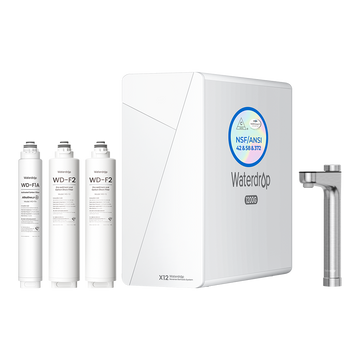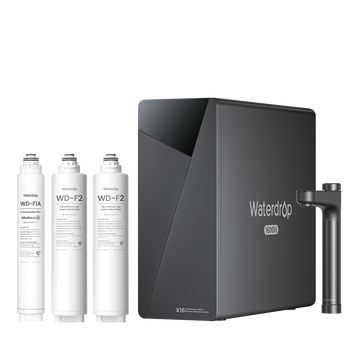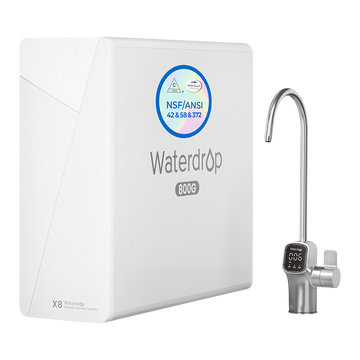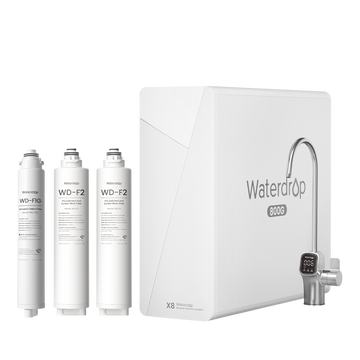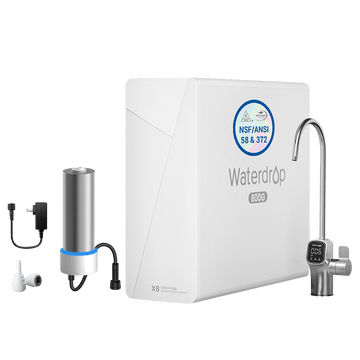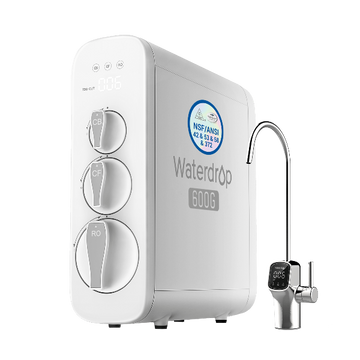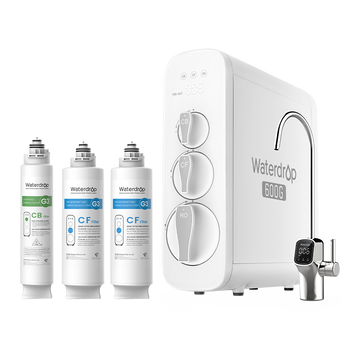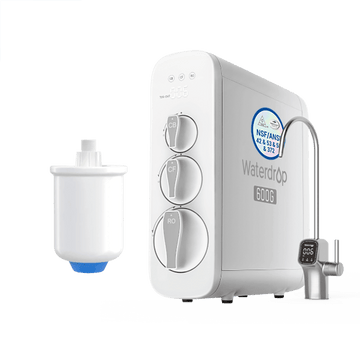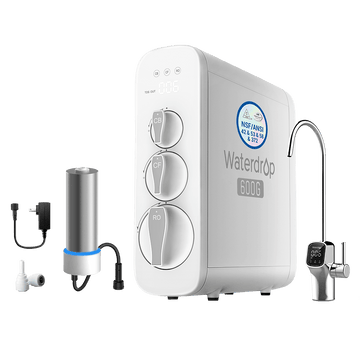Why more and more people are choosing RO water
The most common reason people choose a reverse osmosis
system is to reduce contaminants in drinking water. Regardless of your geographical area, there is
more than
basic H2O in your water supply, and reverse osmosis systems can dramatically reduce or eliminate unwanted
contaminants. But most people don’t know how RO systems work, the benefits of RO water, or how to choose a
suitable RO system. Read on to find answers to these and more.
How does a reverse osmosis water filter system
work?
Water first goes through a pre-sediment PP membrane and a
carbon block filter, which is where contaminants like sand, rust, chlorine, and others are reduced. After
running through another sediment membrane to remove even more impurities, the water is subjected to a
multi-stage composite filter design with a reverse osmosis system—reverse osmosis membrane. This step
reduces 90% of TDS and heavy metals, including arsenic and mercury.
What are the benefits of RO water?
Reduce contaminants with the help of the Reverse
Osmosis Water Filter
The RO membrane can reduce a wide range of potentially
harmful contaminants from tap water, such as:
1. TDS, chlorine, bad taste and odor, chloramine, scale, and
turbidity.
2. Carcinogen like chromium (hexavalent), chromium
(trivalent), cadmium and cadmium compounds, and ferric oxide.
3. Heavy metals like lead, mercury, barium, copper, radium
226/228, aluminum, and others.
4. Micro organic contaminants, such as cysts.
5. Inorganic pollutants, such as arsenic, inorganic arsenic
compounds, and fluoride.
6. Organic pollutants like asbestos, benzene, formaldehyde,
trichloromethane, chlordane, PFOA & PFOS, and others.
Cook better with Reverse Osmosis Water Filter
The water filtered by the RO system is free of chlorine and
limescale, which often affects the flavor of the food. Similarly, RO water is more suitable for tea and
coffee. Filtered water from the RO system is free of heavy metals and organic compounds, making it ideal for
drinking. Adults and young children can drink RO filtered water to improve their health. For infants, it can
also be used in combination with milk powder to prepare a milk drink.
Save Money with Reverse Osmosis Water Filter
A consumer study showed that American consumers spent $15
billion annually on bottled water. However, getting a reverse osmosis water system can guarantee a constant
supply of clean and filtered water, at just pennies per gallon.
The plastic bottles used in bottled water are often not
recycled; they end up in landfills where they could take hundreds of years to decompose. With an RO system,
you can spend less money on accessing pure and drinkable water, while protecting the environment.
How can you choose a suitable RO system?
The Stages of a Reverse Osmosis Water Filter
System
The most common RO Water Filter Systems filter water in 3 to
5 stages, but the top-rated reverse osmosis systems are designed to offer a 7-stage filtration. The
principle is the higher the filter stage, the better the taste of the filtered water.
The
Waterdrop G3 Reverse Osmosis Water Filter System offers
seven stages of filtration, making it a top choice for people who want a highly efficient RO system.
Tank or Tankless of Reverse Osmosis Water Filter
System
The traditional Reverse Osmosis System is a Tanked RO
System, which comes with a few advantages. For instance, tanked RO systems take a lot of space in your home,
and when the filtered water is stored for a prolonged period, it may taste differently.
The tankless reverse osmosis systems offer a better
alternative. Since they have no tanks, tankless RO systems occupy less spaces in your home. They are
programmed to produce water only when it is needed, so they are economical. Plus, the filtered water from
these RO systems tastes better.
Reverse Osmosis GPD and Drain Ratio
Choose the RO system with a fast water flow and low drain
ratio. This ensures you do not wait for too long to fill your glass with filtered water. For best results,
we recommend a RO filter system with a 400 or 600 GPD.
Typically, reverse osmosis works off of a 4:1 ratio
principle, i.e., for every 1 gallon of product water, you will have up to 4 gallons going to the drain.
Certain RO systems are more economical than others. For instance, there are some with a 1:1 ratio membrane
that reduces the amount of waste water by 75%. There are also others with 1.5:1 and 2:1 ratio membranes,
which saves even more water.
Under-sink or Countertop RO system
There are two common types of reverse osmosis filters –
under-sink RO systems and countertop RO systems. The under-sink systems are the most common, often designed
to sit under your sink and produce water from a dedicated faucet on the counter. The countertop reverse
osmosis systems, also called portable RO systems, spot a different design.
Under-sink RO systems usually need installation and take up
space under the kitchen. However, they can conveniently meet the long-term and large-scale water demands.
Countertop RO systems usually don’t require any plumbing work during installation. They are ideal for homes with little under-sink space that is inadequate for a full-size reverse osmosis system. For instance, it is good for dorm rooms, RVs, a camper, or tiny home. The Waterdrop N1 Countertop RO system is an excellent countertop RO system. It requires no installation and is quite portable to be carried along on business or personal trips.
Sort by
- Featured
- Best selling
- Alphabetically, A-Z
- Alphabetically, Z-A
- Price, low to high
- Price, high to low
- Date, old to new
- Date, new to old



